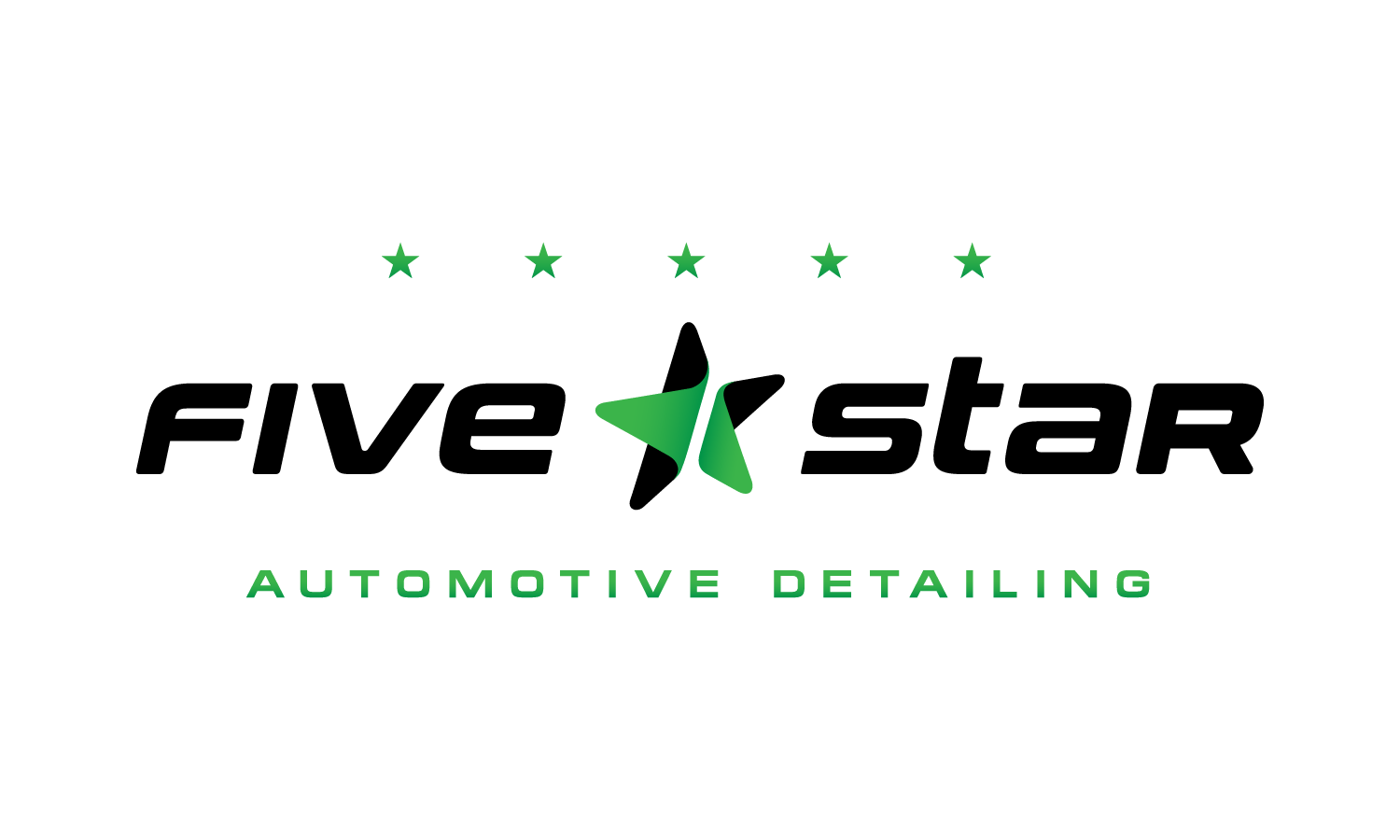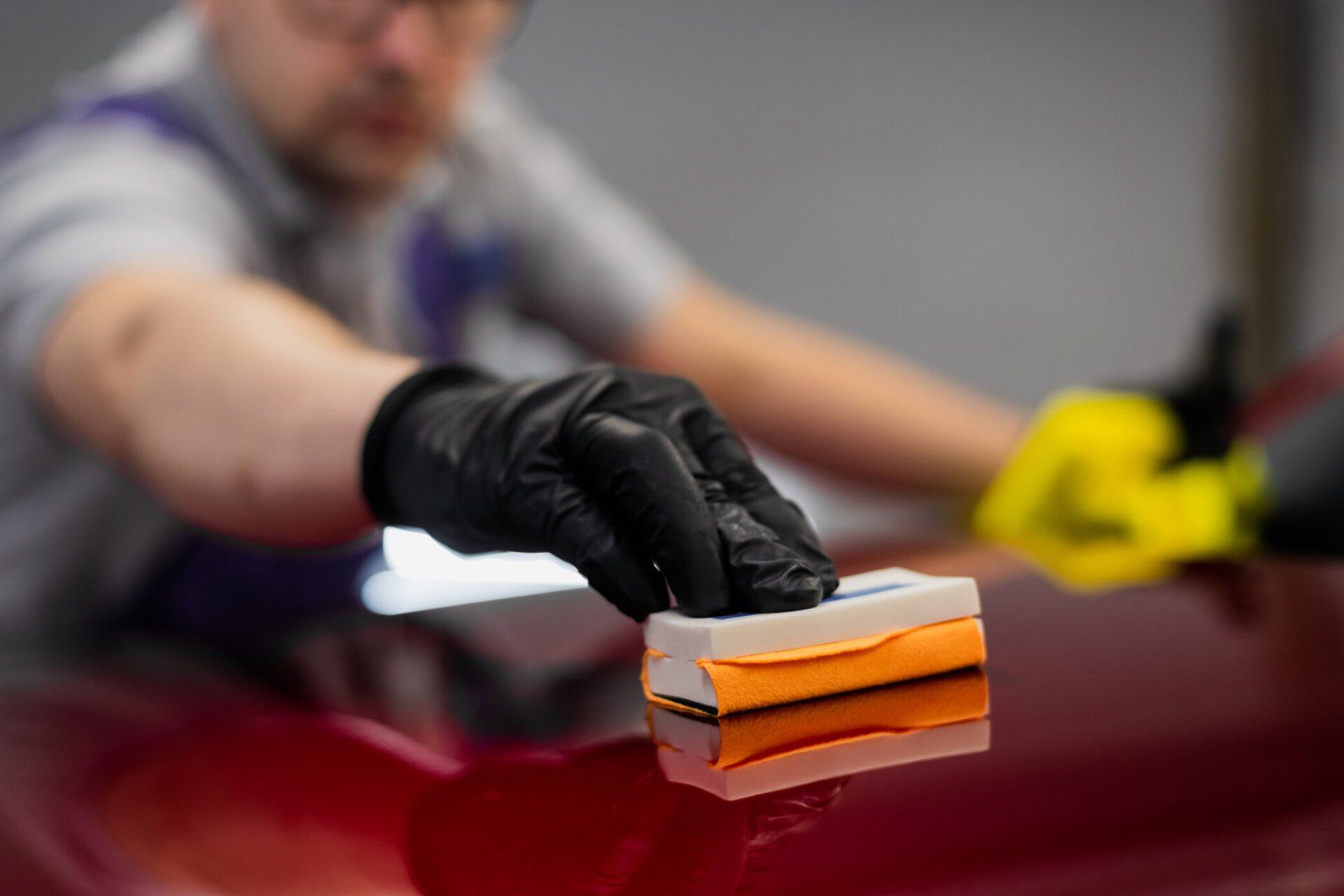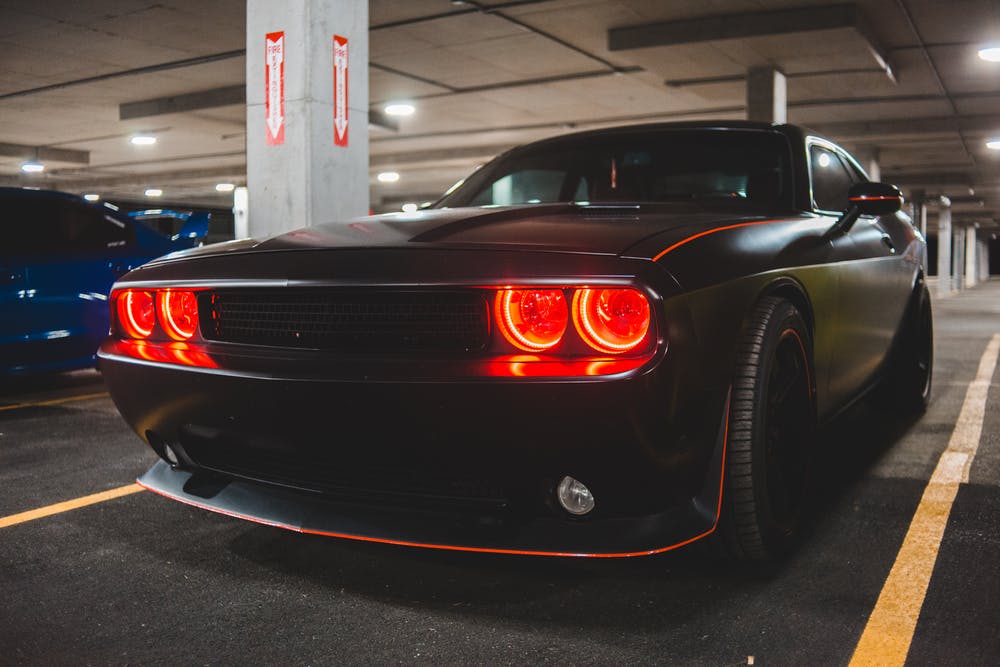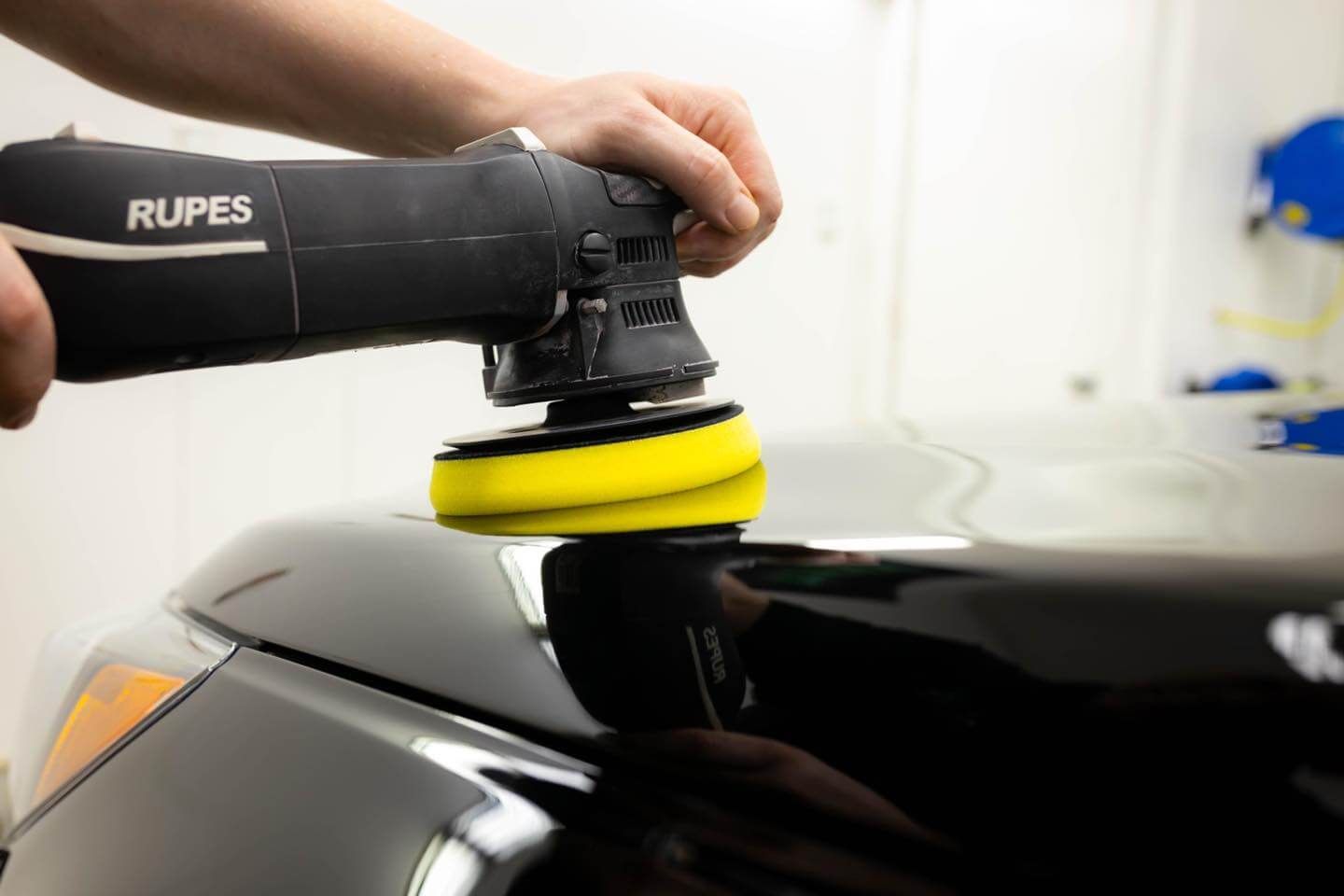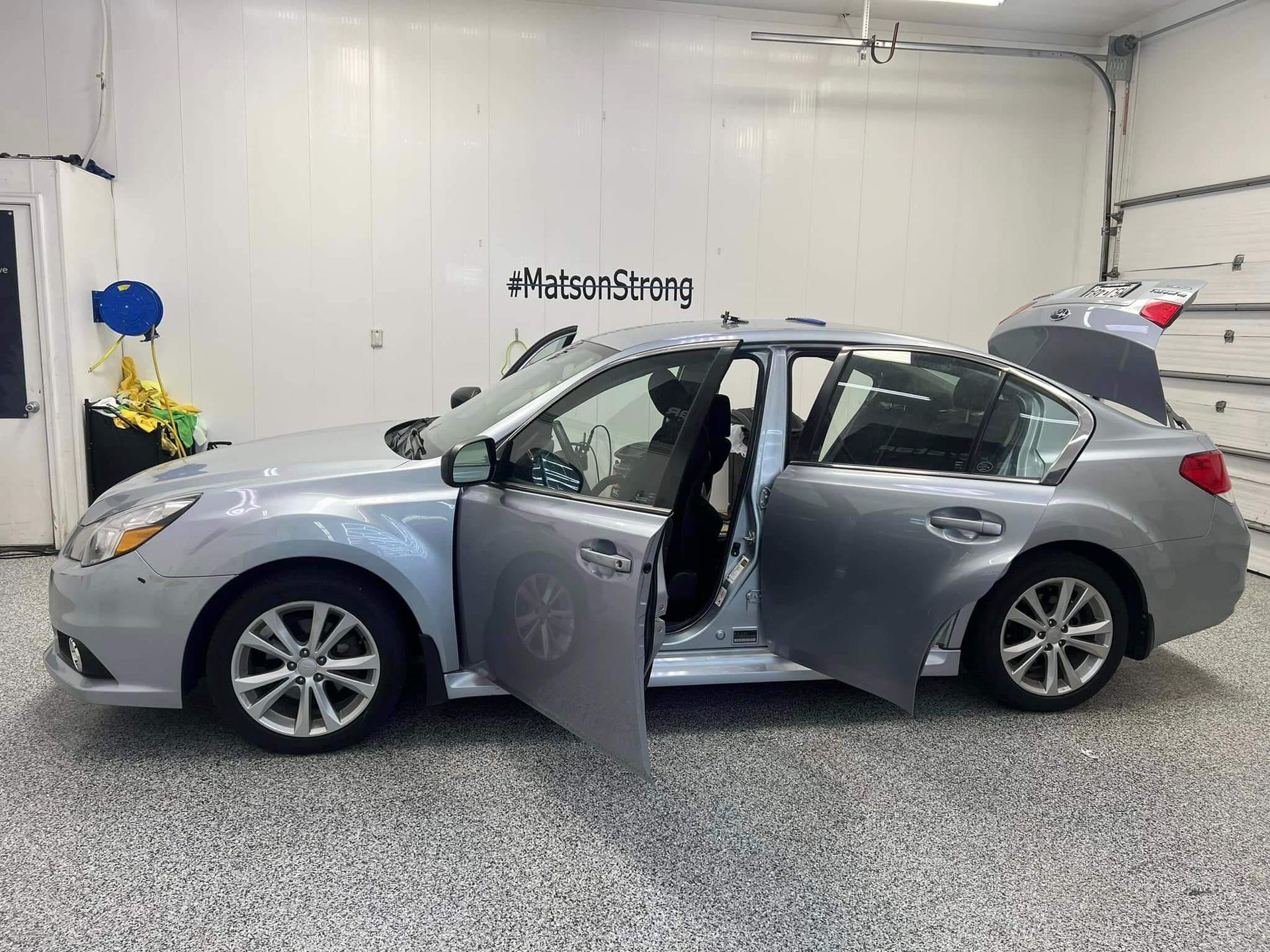CONTACT US
lets talk.
Tell us what you're looking to have done, and we'll recommend the services and packages that are right for you.
Have a question about our services, packages or products?
Get in touch and we'll be happy to help book your next detail.
Give us a call at
507-213-3561 and book you next appointment.
Don't like forms?
Feel free to email us at
fivestardetail.rochester@gmail.com give us a call at
507-213-3561
OPEN BY APPOINTMENT ONLY
- Mon - Sat
- Appointment Only
- Sunday
- Closed
QUICK QUOTE FORM
All pricing is displayed on our site. If you are searching for pricing, please take the time to look at the
interior,
exterior,
full detailing,
paint correction and
ceramic coating pages.
FIVE STAR AUTOMOTIVE DETAILING
Tell us what you're looking to have done, and we'll recommend the services and packages that are right for you.
Have a question about our services, packages or products?
Get in touch and we'll be happy to help book your next detail.
Give us a call at
507-213-3561 and book you next appointment.
JEREMY KASPER
master ceramic coating installer
Jeremy grew up in a small town in Minnesota surrounded by a love and appreciation for cars from his car enthusiast, Dad. He first began detailing at a local dealership while in high school, where he learned the basics of detailing.
After working for several dealerships and learning from top leaders in the industry, Jeremy opened Five Star Automotive Detailing in 2013 to pursuit his dream of operating a professional detailing business that puts the client’s needs first.
Jeremy regularly participates in trainings and continuing education to remain up to date on current detailing products, techniques, and technology. Jeremy is only one of a few certified detailers in Minnesota and has undergone extensive training to be a certified master ceramic coating installer.
Five Star Automotive Detailing moved to its current Rochester location in 2018 following a move to the area for Jeremy and his family.
